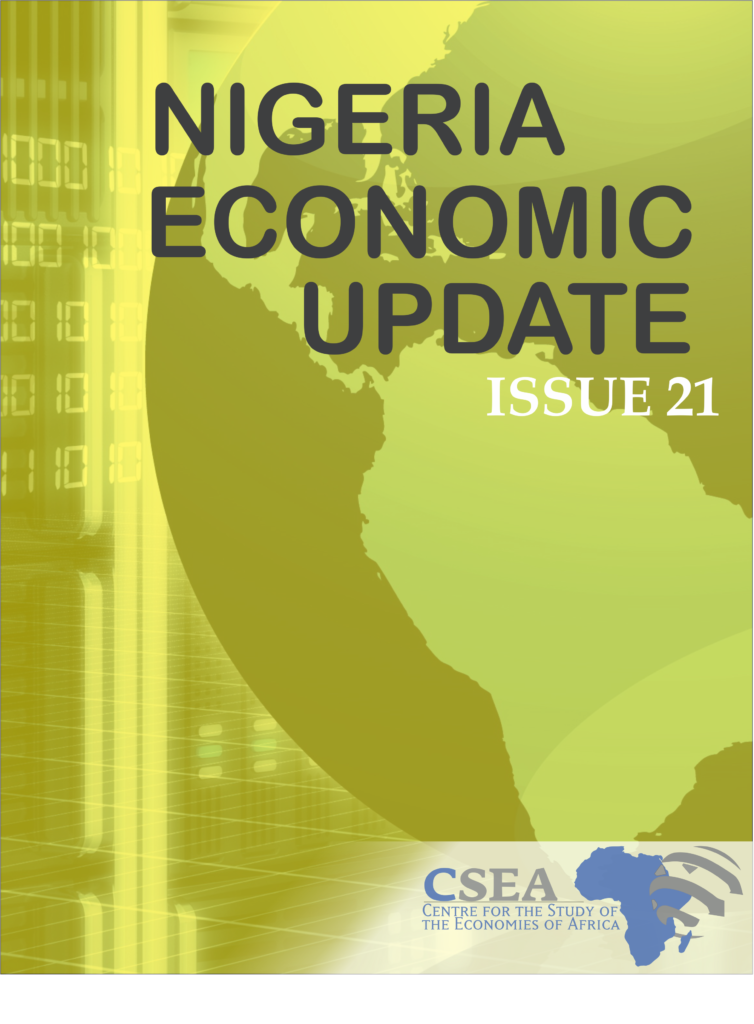As expected, the Monetary Policy Committee left the policy interest rate (MPR) and other parameters unchanged. At 14 percent, the MPR has been left unchanged for the 10th consecutive period1; likewise the CRR at 22.5 percent, Liquidity Ratio at 30.0 percent; and Asymmetric corridor at +200 and -500 basis points around the MPR. All except one member of the MPC agreed to keep rates on hold, mainly in anticipation of a more precise direction of key macroeconomic indicators, including the passage and implementation of the 2018 budget. Complementary factors considered for the hold also points to the current moderation in inflation rate towards single digit, as well as higher reserve levels
Macroeconomic Report & Economic Updates

June 26, 2018
Nigeria Economic Update (Issue 21)
As expected, the Monetary Policy Committee left the policy interest rate (MPR) and other parameters unchanged. At 14 percent, the MPR has been left unchanged for the 10th consecutive period1; likewise the CRR at 22.5 percent, Liquidity Ratio at 30.0 percent; and Asymmetric corridor at +200 and -500 basis points around the MPR. All except […]
Read →
Related
Nigeria Economic Review
The
global economy grew by 2.7 percent in the fourth quarter of 2016 (2016Q4)
relative to 2.5 percent in 2016Q3, due to rising investment and consumption
demands in developed and emerging economies as well as a rise in commodity
prices. However, over the entire year, global GDP growth stood at 2.6 percent in
2016, relative to the growth of 3.09 percent recorded in 2015. Notably, output grew
progressively in the US over the year, while the steady growth recorded in the
UK since the start of the year stalled in 2016Q4. Also, the declining growth
recorded in France since 2015 took a positive turn in 2016Q4, the rest of the
Eurozone witnessed a fall in output in the quarter. While emerging economies
recorded mixed experiences, many Sub-Saharan African countries showed signs of
recovery in the period.
